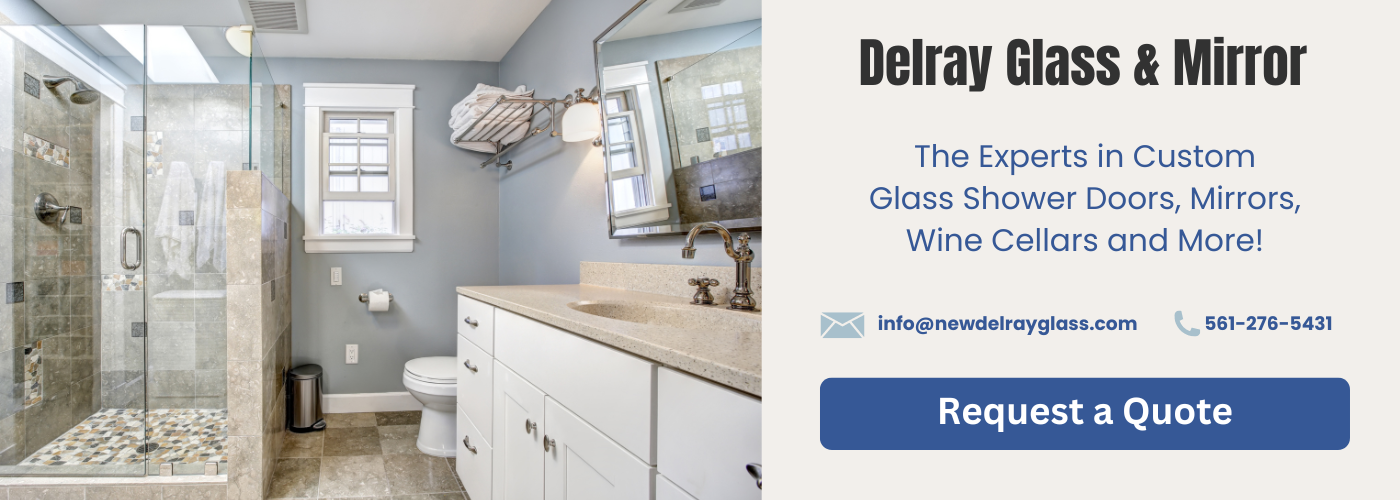**How Does the Shower Door Size Influence the Choice of Opening Mechanism?**
When designing or renovating a bathroom, choosing the right shower door is a critical decision that balances functionality, aesthetics, and practicality. One of the most important factors to consider is the size of the shower door, as it directly impacts the type of opening mechanism that will work best in your space. Whether you’re leaning toward sliding doors, pivot doors, or bi-fold options, the dimensions of the door play a pivotal role in determining what is both feasible and optimal for your shower enclosure. But how exactly does door size shape this decision?
This article explores the intricate relationship between shower door size and the choice of opening mechanism. We’ll begin by discussing **standard shower door sizes and their compatibility with different mechanisms**, providing a foundation for understanding typical options available on the market. Next, we’ll delve into **space constraints and clearance requirements**, highlighting how the amount of room available inside and outside the shower can dictate which door type is most practical. From there, we’ll examine **structural support and stability**, which are key considerations for ensuring safety and durability based on door dimensions. We’ll also touch on the importance of **accessibility and ease of use**, as door size can determine how convenient it is to operate the shower door for people of all ages and abilities. Finally, we’ll explore how **aesthetic and functional preferences** are influenced by door dimensions, helping you strike the perfect balance between style and utility.
By understanding these five critical subtopics, you’ll be better equipped to make an informed decision about the ideal shower door and its mechanism for your unique bathroom layout. Whether you’re working with a compact space or a spacious walk-in shower, the size of the door is more than just a measurement—it’s a defining factor in the overall comfort and design of your bathing area. Let’s dive into the details and uncover how to marry form and function when choosing a shower door mechanism.


Standard Shower Door Sizes and Their Compatibility with Mechanisms
When selecting a shower door, understanding standard sizes is crucial for determining the most suitable opening mechanism. Shower doors typically range from 22 inches to 36 inches in width, with some custom options available for non-standard dimensions. The size of the door directly impacts which mechanism—sliding, pivot, bi-fold, or hinged—is most practical and functional for the space. For instance, narrower doors are often better suited for pivot or bi-fold mechanisms, while wider doors are ideal for sliding systems due to their ability to support broader spans without requiring additional clearance.
Sliding doors, also known as bypass doors, are popular for wider openings, as they consist of two or more panels that glide along a track. These doors are especially compatible with shower enclosures 48 inches or wider, where space-saving is a priority. On the other hand, pivot doors, which swing open on a hinge, are typically used for narrower openings, often between 22 and 28 inches. However, they require ample clearance outside the shower to accommodate the swinging motion, making them less ideal for tight bathroom layouts.
Bi-fold doors, which fold inward or outward in a concertina style, are a versatile choice for mid-sized openings. They combine the compact functionality of sliding doors with the ease of access provided by pivot doors, making them a good option for spaces where flexibility is key. Meanwhile, hinged doors, which operate like standard doors on a hinge, are best suited for larger custom showers where clearance isn’t an issue. By understanding how standard shower door sizes align with different mechanisms, homeowners can make informed decisions that balance functionality, design, and the spatial constraints of their bathroom.
Space Constraints and Clearance Requirements for Different Mechanisms
When selecting a shower door, space constraints and clearance requirements play a vital role in determining the most suitable opening mechanism. The layout and dimensions of the bathroom can significantly impact the functionality and ease of use of the shower door. Each type of mechanism—sliding, pivoting, bi-fold, or hinged—has distinct space requirements that must be carefully considered during the planning stage.
Sliding shower doors, for example, are a popular choice for bathrooms with limited space because they do not require additional clearance for the door to swing open. Instead, the panels glide along a track, making them an ideal option for compact bathrooms where every inch counts. However, sliding doors may require sufficient wall space to accommodate the length of the tracks, which could be a constraint in certain layouts.
Pivot and hinged doors, on the other hand, require ample clearance in front of the shower to allow the door to swing open. These mechanisms are better suited to larger bathrooms where space is not a concern. In tight quarters, an outward-swinging pivot door might obstruct other fixtures or impede movement, making it impractical. Bi-fold doors offer a middle ground, as they fold inward, requiring less clearance than pivot or hinged doors while still providing wide access to the shower.
Ultimately, the choice of opening mechanism hinges on the unique spatial characteristics of the bathroom. Careful measurement and planning are essential to ensure that the chosen mechanism aligns with the available space and does not interfere with other elements in the bathroom. By addressing these space constraints and clearance requirements, homeowners can achieve a functional and aesthetically pleasing shower door solution.
Structural Support and Stability for Various Opening Types
When choosing a shower door opening mechanism, structural support and stability play a crucial role, especially as they relate to the size of the door. Larger shower doors, which are often heavier due to their increased dimensions and the material used (e.g., tempered glass), require robust support systems to ensure safe and smooth operation. The type of mechanism selected, such as sliding, pivot, or bi-fold, directly impacts the structural demands on the shower enclosure and surrounding walls.
For instance, pivot doors, which swing open on a central or side hinge, need to be securely anchored to handle the weight of the door and the repeated motion over time. This is particularly important for oversized doors, as insufficient support could lead to the hardware loosening or even failure. On the other hand, sliding doors are typically mounted on tracks or rollers, distributing the weight across the mechanism. While this makes them a good choice for larger doors, the tracks must be durable and properly aligned to avoid operational issues.
Structural considerations also extend to the shower enclosure itself. The walls and frame must be able to bear the stress exerted by the opening and closing of the door. Frameless designs, which are becoming increasingly popular for their sleek aesthetic, often require thicker glass and high-quality hardware to maintain stability. Ultimately, the size of the shower door greatly influences the level of structural reinforcement and the type of opening mechanism that can be safely and effectively utilized.
Accessibility and Ease of Use Based on Door Size
The size of a shower door plays a significant role in determining its accessibility and ease of use. A shower door that is too small may limit access to the shower area, making it difficult for individuals with limited mobility, such as older adults or people using assistive devices, to comfortably enter and exit. On the other hand, a door that is too large may be cumbersome to operate, especially in a compact bathroom where space is at a premium. Finding the right balance between the door size and the user’s needs is essential for creating a functional and user-friendly shower setup.
Sliding doors, for instance, are often preferred for larger shower openings because they allow for smooth operation without requiring additional clearance space. This mechanism is particularly helpful in bathrooms with limited room to accommodate a swinging door. However, sliding doors may not always be the best option for individuals with dexterity issues, as the tracks can sometimes be difficult to maneuver or clean.
Pivot doors, which swing open on a hinge, can provide better accessibility for mid-sized shower openings. These doors offer a wider opening space, making them ideal for individuals who need more room to move in and out of the shower. However, they require sufficient clearance space in front of the door to swing open fully, which might not be feasible in smaller bathrooms.
Ultimately, the choice of opening mechanism should take into account not only the shower door size but also the specific needs and preferences of the user. By carefully considering these factors, homeowners can ensure that their shower door is both accessible and easy to use, enhancing the overall bathroom experience.
Aesthetic and Functional Preferences Linked to Door Dimensions
The size of a shower door not only determines its practicality but also significantly influences its aesthetic and functional appeal. Homeowners often prioritize the visual harmony of their bathroom, and the chosen door size plays a critical role in achieving this. Larger doors can create an open, luxurious feel and are often paired with frameless designs to enhance the modern, minimalist aesthetic. Conversely, smaller doors may necessitate more compact mechanisms, like sliding or bi-fold options, which can be visually streamlined and space-efficient, aligning with contemporary or minimalist bathroom styles.
Functionality is another critical factor tied to door dimensions. A larger shower door offers the advantage of a wider entryway, which can be particularly beneficial for households with accessibility needs. It also allows for more flexibility in the choice of opening mechanisms, as pivot or hinged doors require sufficient space to operate effectively. Smaller doors, on the other hand, often demand mechanisms designed to optimize limited space, such as sliding or folding systems. These options ensure that even compact bathrooms remain functional without sacrificing usability.
Ultimately, the interplay between aesthetics and functionality is central to the decision-making process. The shower door size dictates not only the technical feasibility of certain mechanisms but also the overall visual and practical impact on the bathroom space. By carefully considering these preferences, homeowners can select a door size and mechanism that aligns seamlessly with their design goals and daily needs.
